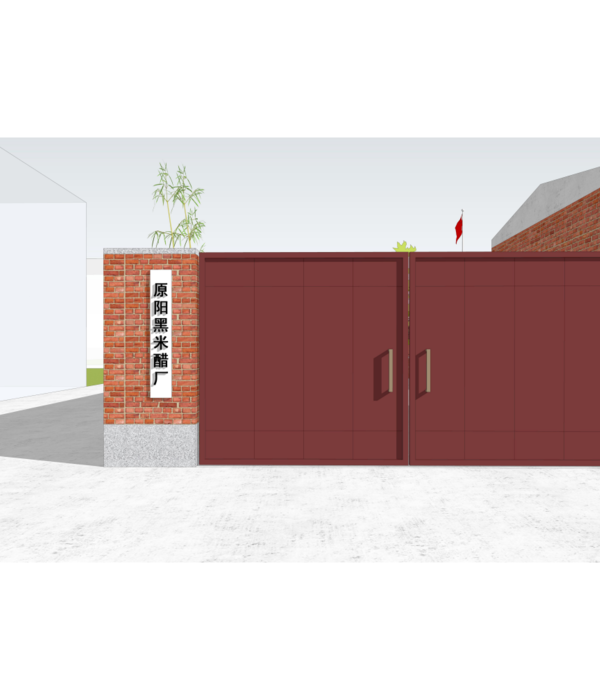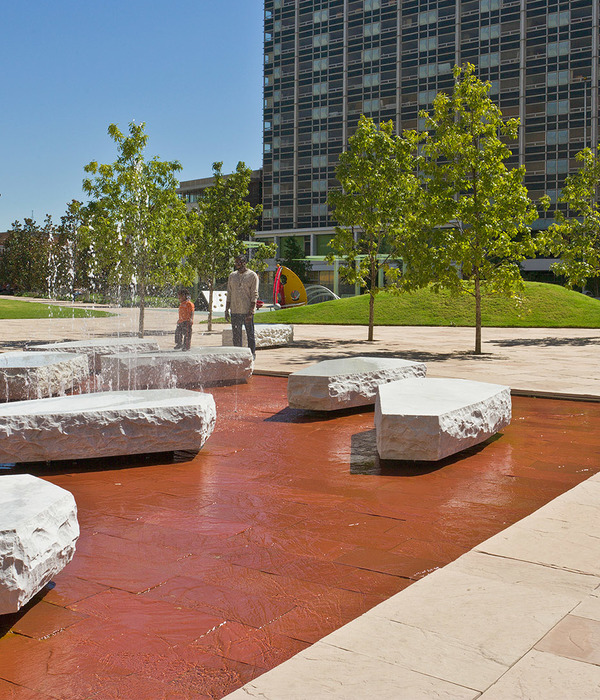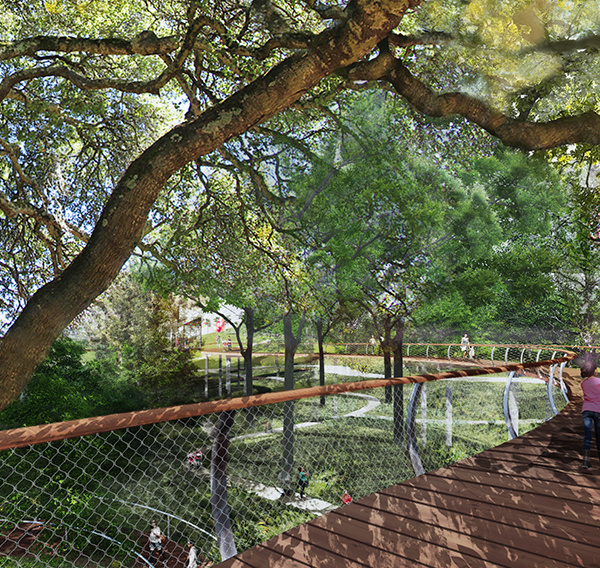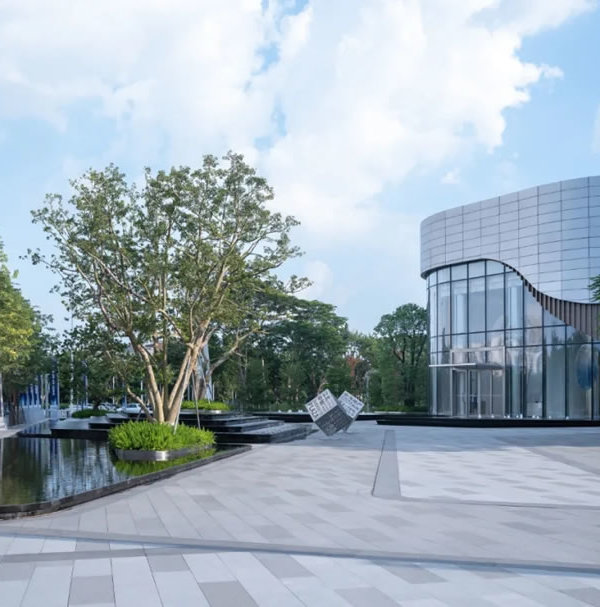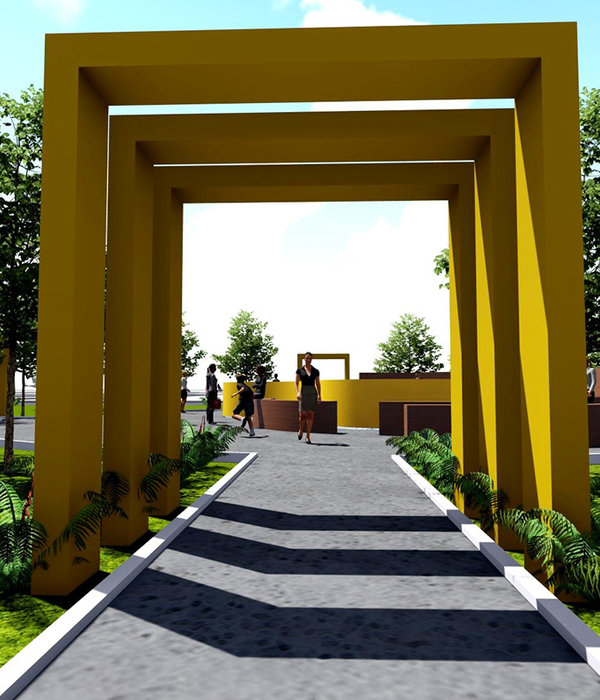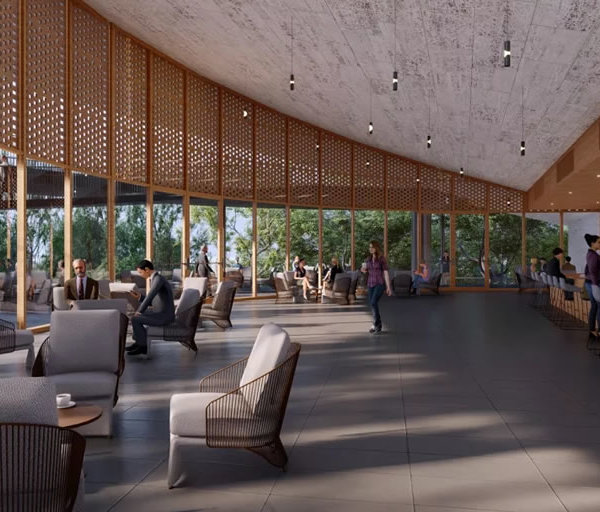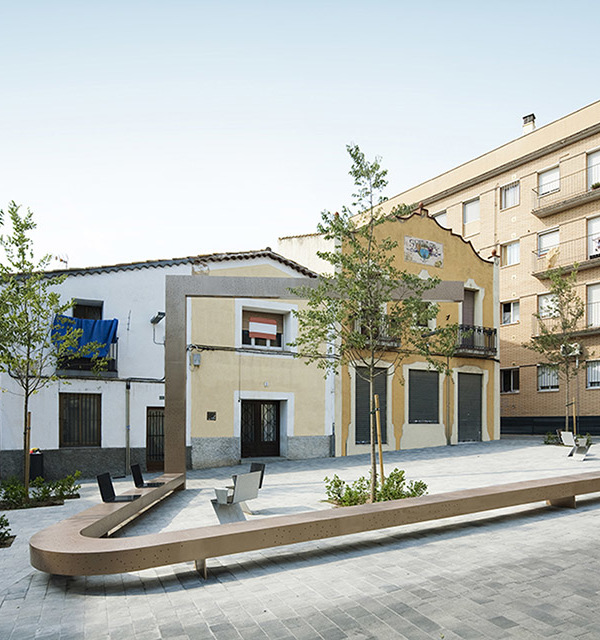Calotopos - the new form of social habitat
A new concept of urban design is about to be born, Maxim Calujac an Moldovan architect, reveal the fact that people don’t need to live in overpopulated cities. The perfect place for living, he called it Calotopos
Basic principles of CALOTOPOS:
1. POLYCENTRISM
• Absence of the settlement centre;
• The territory is divided into self-sufficient parts, called Calatopos
• Settlements grows horizontally, through the formation of new Calatopos
• Inner city doesn’t exist as well as periphery
2. DISPERSION
• Proportional distribution of population density due to parks, infrastructure and industrial area;
• Low building and population density;
• Public space need to be consistently dispersed on the territory;
• Limit volume of above ground buildings and construction structures;
3. REDUCTION OF TRANSPORT
• Transportation network represents a tool for goods transport and people movement;
• Central managerial system of logistics and transport;
• Capsule as a form of transportation - underground device for public and goods transport, which is basically functioning as tunnel network. Self-driving electrical capsules that are connected by centralized logistical system.
• The above ground mobility represents Human-power transport such as bicycles or recumbent; also electric low-speed transport (electric scooters, electric cars, etc.); horse-drawn vehicles or other type of equipment which exclude noise and air pollution. A dominant role rests to the integrated and interconnected walking trails for ground movement;
• High speed transport is completely separated from human being.
4. ECOLOGICAL COMPATIBILITY
• Elimination of technogenic noise
• Storehouses, industrial buildings, transport buildings and other constructions need to be beneath the earth’s surface
• Generate and use the renewable energy
• Using the energy efficiency technologies and green buildings
• Applying extensive agriculture
5. SYNTHESIS OF LIFE ACTIVITIES
• Combination of the human activities spheres: work, accommodation, entertainment
• Including agriculturalist activities into the public sphere
• Integrate recreational areas into the residential, industrial and infrastructure areas
• Human activity is inseparable from natural environment (flora and fauna)
6. ENVIRONMENTAL ART
• Enlargement of infrastructural design
• Applied agricultural activity as landscape design into the environment area
• Active use of society’s creative potential for shaping the natural environment
• All elements of technogenic environment represents art objects
• Creation of the cultural environment is an intrinsic part of Calatopos’ life
7. ETHICS
• In relation to the private property, public space has a primary role! (Bicycle trails, hiking trails, walking trails, bunds, embankments etc.)
• Manifesto of human individuality is limited by Calatopos social laws
• Importance of the natural environment dominates over the commercial interest.
Year 2014
Status Research/Thesis
Type Parks, Public Gardens / Urban Furniture / Neighbourhoods/settlements/residential parcelling / Landscape/territorial planning / Feasibility Studies
{{item.text_origin}}


